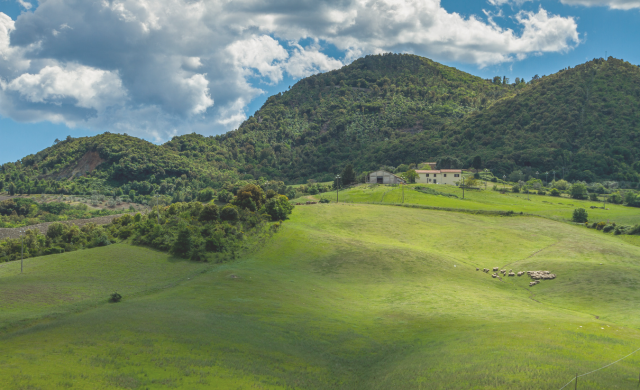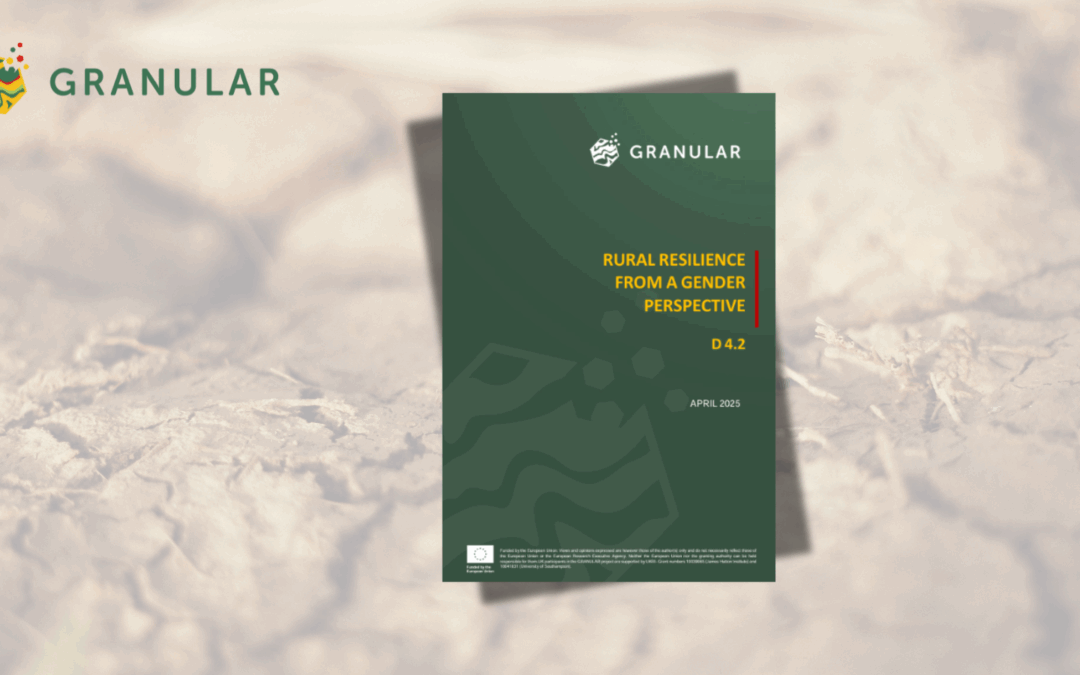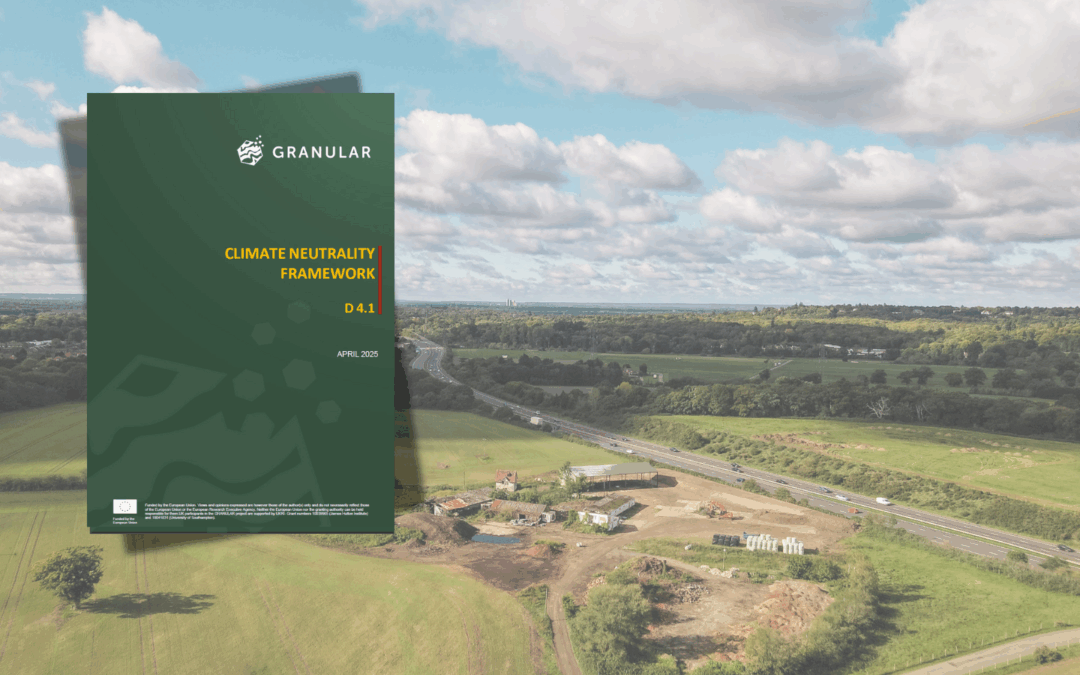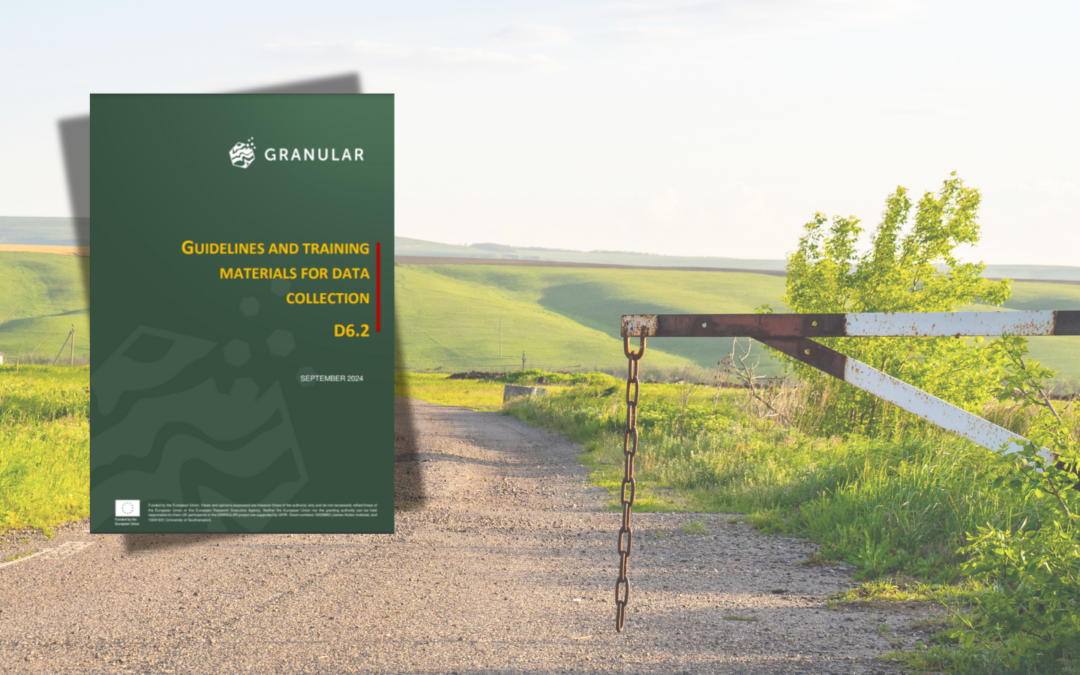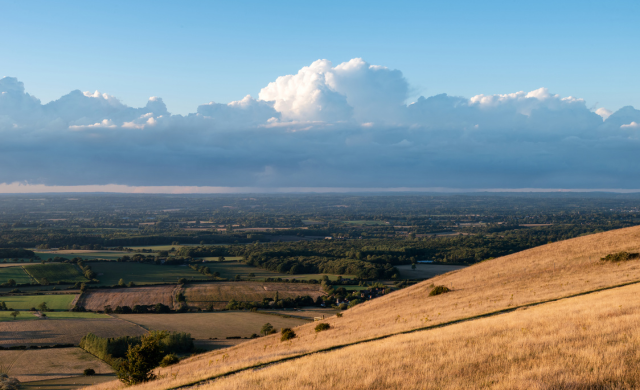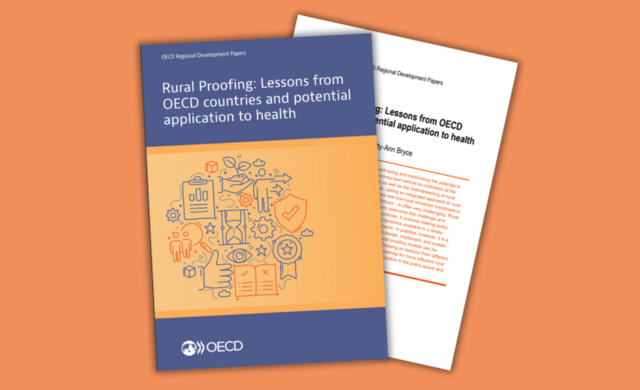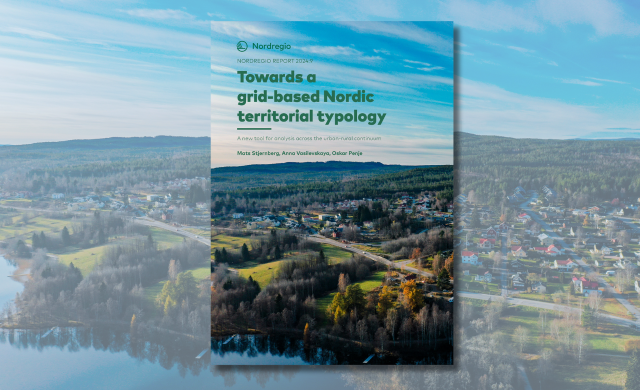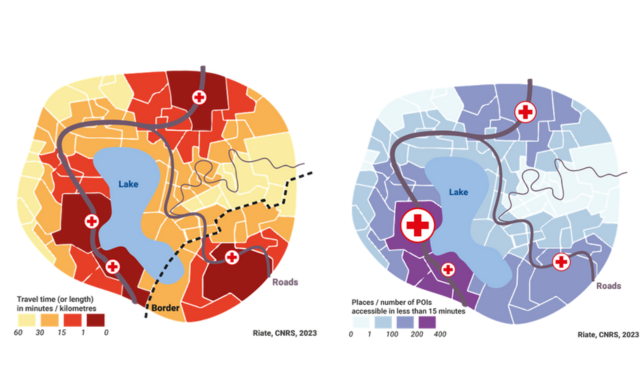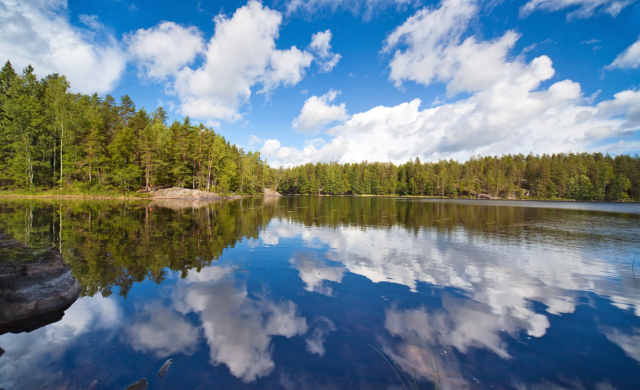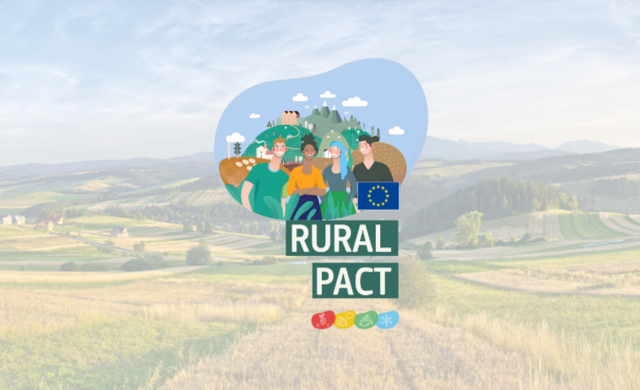Author: Ilaria Lusini (GreenGea snc)
The GRANULAR Living Lab of Val di Cecina, based in Italy, recently completed the refinement phase of its questionnaires aimed at agricultural companies within the District. The next step, set to begin soon, involves the actual administration phase of theses questionnaires, which entails distributing them to the agricultural enterprises in the District.
The three fundamental priorities of the Italian Living Lab were initially identified as: enhancing agri-food supply chains, managing ecosystem services (water resource management), and understanding the dynamics of tourist flows and their impacts on rural areas. These three pillars serve as the foundation for the questionnaires developed.
One of the key goals of the GRANULAR project is to tailor rural policies to the specific needs of each area, by using new tools and data. In this regard, the instrument employed serves as a starting point to gain a deeper understanding of the rural landscape and its diversity. By directly engaging with farmers, who embody the essence of the region, it becomes feasible to delve into the three key areas identified in terms of real needs, challenges, and opportunities.
The questionnaires, compiled anonymously, have both been created and will be distributed online. The platform used, in addition to ensuring easy and fast usage, offers the possibility to customize questions and collect responses in real-time. Furthermore, the responses are automatically sent to a spreadsheet allowing instant analysis. Following the completion of the distribution and data collection phase, a meticulous analysis and interpretation stage will begin. This phase will involve close collaboration with other project groups, thus allowing for a more detailed framework for each theme.
Stay tuned for more news and learn more about this living lab here.
